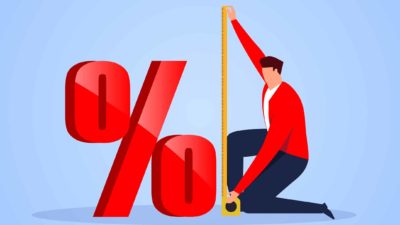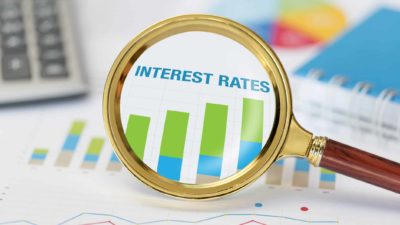Keen observers of the Australian share markets might have noticed that any reputable news feed covering the ASX normally begins the trading day with a summary of what happened on the US stock markets overnight. That naturally includes the Motley Fool.
This is no accident. The US markets are the single largest factor in determining what is to happen on the ASX the following day.
If the US markets had a cracker, chances are ASX investors are in for a good day. Conversely, if there was significant selling across the Pacific, ASX investors typically brace themselves for a rough trot.
Just take today's share market performance. Last night, our time, the flagship US index, the S&P 500, surged a healthy 1.47%. Like clockwork, the S&P/ASX 200 Index (ASX: XJO) has followed suit today, with the index currently up 0.92% at the time of writing.
This correlative relationship even trickles down into some sectors of the ASX. For example, if US tech stocks had a night to forget, you can be sure that ASX tech investors will be starting the ASX trading day feeling mighty nervous.
Again, this is no accident. But why are the US stock markets so influential for what happens on the ASX? Why does a market, halfway around the world that is open while most of us are sleeping, dictate so much of what we experience?
Well, it's probably half habit and half due to the sheer size and influence of the United States in the global economy.
The US stock market: The biggest economic fish in the sea
Put simply, the US is the biggest fish in the sea when it comes to sheer economic size. It is estimated that the US economy is valued at just over US$30 trillion as of 2025. That's in GDP (gross domestic product) terms. The next largest economy in the world, China, is only worth around US$19.5 trillion. Australia, in stark contrast, has an economy worth around US$1.8 trillion.
But it's not just economic might that gives America so much influence here on the ASX.
The US also commands control of the world's reserve currency, the United States dollar. The US dollar is by far the most dominant currency in the world, with more than half of all international transactions taking place in dollar terms. Almost every central bank around the world holds dollars as a primary asset too.
This all means that whatever happens to the United States affects the economies of every other nation on earth. There's an old saying on the markets that 'if the US sneezes, the rest of the world catches a cold'.
Ever since the US emerged as an economic and military superpower following the end of the Second World War, this has been of net benefit to other countries, including Australia. Although the US has had many hiccups along the way, its prosperity has historically only ever increased, pulling up other countries' prosperity too.
Whether this continues into the future is another question. But, given the massive size of the economy of the United States, it's no surprise that it wields so much influence over the ASX.









